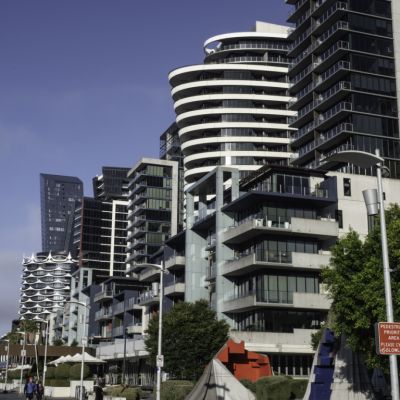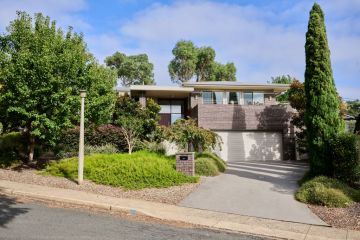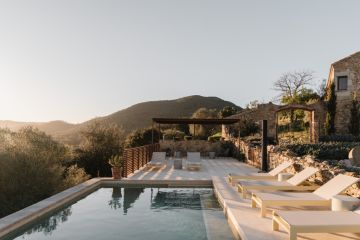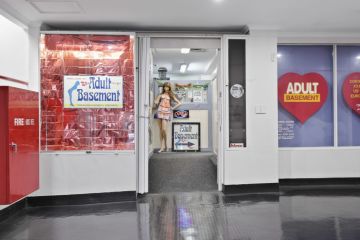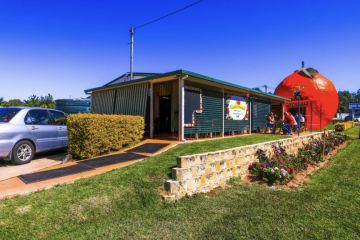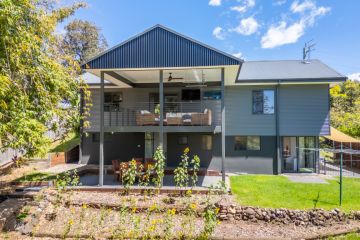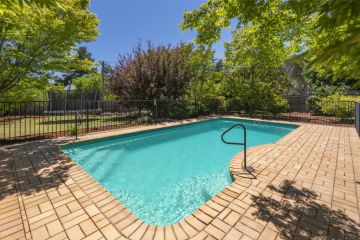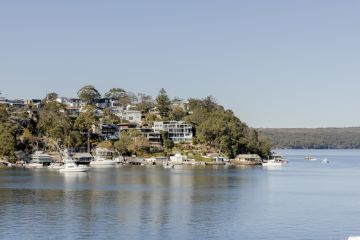Moving from a Melbourne unit to a house gets six times harder in a generation
The price gap between buying a unit and a house in Melbourne has more than doubled in the past decade, despite softening house values in 2024.
A typical house in Melbourne cost buyers 51.1 per cent – or $310,202 – more than a unit in December 2024, according to CoreLogic data. That has more than doubled since December 2014, when the gap was $121,322. It has increased more than six-fold since December 2004, when the difference was just $47,976.
Median house values fell slightly to $917,616 in December, while median unit values slipped to $607,414.
CoreLogic head of research Tim Lawless said that while Melbourne’s housing market had softened, the demand for larger homes and outdoor space had caused house values to rise much quicker than unit values in the past few years.
“From December 2019 to December 2024, we’ve seen Melbourne house values have increased by nearly 14 per cent, whereas unit values are only up 2.4 per cent. Unit values have hardly moved,” Lawless said.
“Through the worst of the pandemic, there was a real shift in demand towards houses rather than units. Everybody wanted space.”

Lawless said buying a unit has been the first step for many home buyers entering the property ladder before upgrading to a standalone home. But the widening price gap between units and houses has made this progression more challenging for prospective upsizers.
“Buying a unit probably used to be a bit of a stepping stone,” Lawless said. “You buy into the apartment sector and then hope to eventually upgrade into a larger, detached home, but with such a big price difference, and the fact that it’s probably been a lot harder for unit owners to accrue equity, that upgrading step is a lot more challenging now.”
Axton Finance mortgage broker Luke Rowland agreed that it had become more difficult to make the leap, with many buyers upsizing from one unit to another instead of a house.
“There’s an extra stepping stone,” he said. “You might have, in the past, been able to jump from an apartment to a family home, but now it’s got to go unit, townhouse, then family home.”
Rowland said many upsizers had used a family guarantor to help cover the price jump from a unit to a house.
He said the price gap had also made it difficult for first time buyers, even those buying with a dual income, to break into the housing market, and many were forced to consider a unit instead of a freestanding home.
First home buyers Jacob Povolny, 28, and partner Tyla Krogh, 27, bought a two-bedroom unit in Bentleigh East at the end of 2024 after losing out on houses at auctions.
Povolny, who works in sales, said they had considered buying a house but ended up finding a unit that was more affordable.

“We were looking at houses every weekend for about two months, and we went to two or three auctions and just got blown out of the water,” Povolny said. “The starting bids were pretty much at the end of the range that was advertised.”
After realising a freestanding home would cost them an extra $100,000 to $200,000, the couple ended up putting an offer on a two-bedroom unit.
“It worked out this unit was in our price range, and it still had the qualities of a standalone house,” Povolny said. “That was a no-brainer for us, based off the price.”
Povolny said the couple would ideally like to upgrade to a house in the future when they started a family, but it all depended on price.
Grattan Institute Housing and Economic Security program director Brendan Coates said more buyers were settling for apartments and townhouses near green spaces and amenities, instead of forking out for the big backyard.
“Land is scarce, and therefore it’s valuable, so if you want to have that backyard, you are going to pay a premium for it,” he said.
“A lot of people will be happy in a larger apartment or a townhouse that gives them the space they need inside, and if it’s close to parks and other amenities, they don’t need to have that backyard themselves.”
Coates said more medium density housing in central areas could help bridge the gap between buying a unit and a house.
“Not everyone can have a freestanding house, and that means there’s more competition for the limited number of freestanding homes that exist, particularly because we don’t allow enough apartments and townhouses to be built where people most want to live, in the inner or middle suburbs,” he said.
“The solution is to give people more choice, to allow more density in the inner suburbs around train stations and other desirable locations.”
We recommend
States
Capital Cities
Capital Cities - Rentals
Popular Areas
Allhomes
More
- © 2025, CoStar Group Inc.

